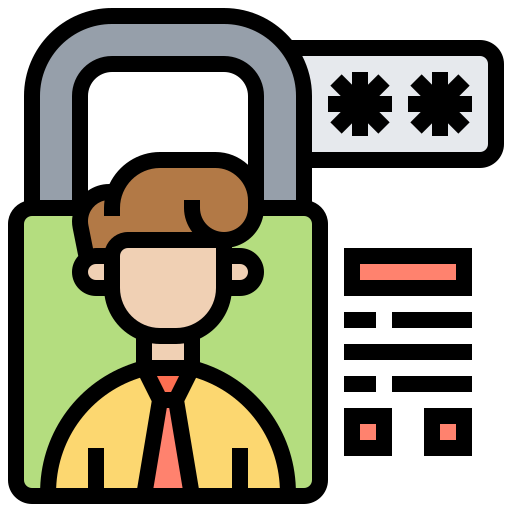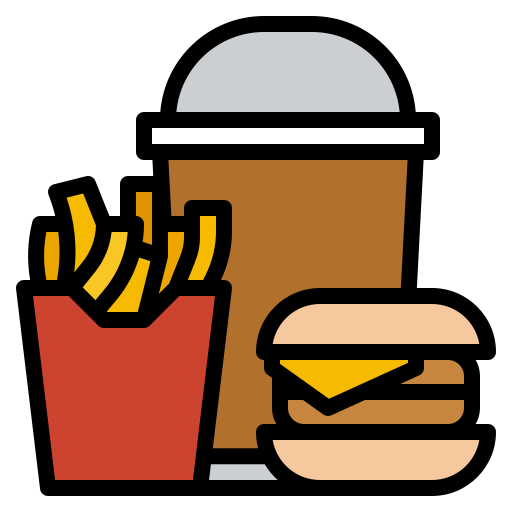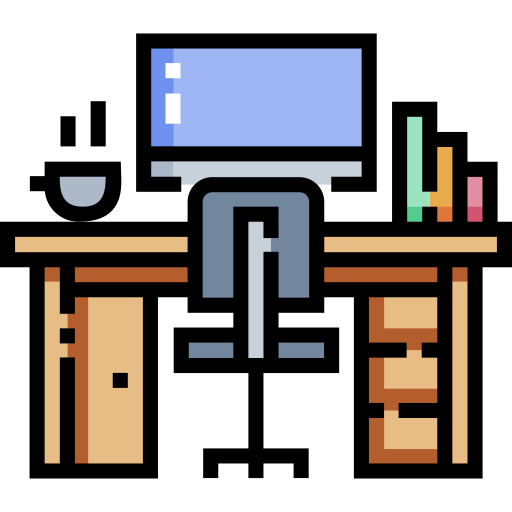Rethinking Our Information Diet

In 1826, a Frenchman by the name of Anthelme Brillat-Savarin is credited with coin the phrase “you are what you eat.” In 2020, it would perhaps be appropriate to make a slight revision: the modern knowledge worker is a product of the information they consume. And there’s a lot of it.
Half a century into the information age, our relationship to information has drastically altered. At the beginning, much of the movement was characterized by a push to make information more accessible. Now we have–for the most part–the opposite problem. We have access to vast quantities of information, and it has permeated every aspect of our lives. As Niel Postman so articulately writes: “Information appears indiscriminately, directed at no one in particular, in enormous volume and at high speeds, and disconnected from theory, meaning, or purpose.”
Now, access to information in and of itself isn’t a bad thing. In fact, arguably, it’s an incredibly positive one. Just as the industrialization of food has allowed global access to cheap, plentiful food, the globalization of information through technology has enabled all sorts of educational and societal benefits that were previously impossible. But just as the industrialization of food also has side effects–a rise in obesity, diabetes, and celiac disease, so too does the overabundance of information come with a price. That price, when allowed to rule unchecked, is our focus.

To continue with the convenience of the food metaphor, we all know that we ought to eat well and avoid the snacks that give us short term satisfaction but leave us ultimately jittery and unsatisfied. On a theoretical level, we have no problems. But on a practical one, if we have bowls of candy and chips and a fridge full of sofa, we’re bound to succumb to our impulses. One of the false assumptions most of us run on is that our impulse towards snacks–or, in the information analogy, the impulse towards reactive, non-focused engagement–is that we are pulled by a desire for pleasure. But in fact, it’s actually a bit more complex. Rather than moving towards pleasure, it’s more accurate for us to understand our impulsive behavior as a movement away from discomfort. When we are bored, or ansty, or anxious, we seek an easy out, something that will momentarily boost our mood. As Nir Eyal so insightfully puts it, “Even when we think we’re seeking pleasure, we’re actually driven by the desire to free ourselves from the pain of wanting….simply put, the drive to relieve discomfort is the root cause of all our behavior, while everything else is a proximate cause.”
So what does this mean for us?
For one thing, understanding the real reason we are drawn towards putting out little fires, following click-bait rabbit holes or scrolling endlessly through Twitter helps arm us against the real fight, which is developing a deeper relationship to and tolerance with uncomfortable, triggering states. Once we understand this, there are a number of things we can do to mitigate the draw towards distraction.
For one thing, we need to practice a little self-compassion, and understand that warding off the barrage of tempting information constantly requires essentially superhuman willpower. One of the simplest and most important things we can do is to reshape our environment. It’s a common maxim in the health and nutrition world that simply replacing unhealthy snacks with healthy ones is one of the most efficient ways to stop unhealthy binge eating. Why shouldn’t this be the case with our information diet? If you take a good, honest look at the ‘pantry’ of your digital environment, what do you see? I’m guessing it ain’t pretty. Dozens of tabs? Notifications popping up every minute? Applications scattered across your desktop?

The reality is that our digital environments are fragmented, cluttered, and filled with distractions, and the solutions out there thus far have failed to treat the problem at its roots. Completely turning off all notifications, checking email once a week (a la Tim Ferris), or forcing strict application standardization on everyone you work with is unrealistic. As with everything, we need balance. Sometimes we reach a block in work and checking our emails can actually spark a creative new idea, or surfing through an article you read for research a week earlier reminds you of a point you could integrate. We’re not claiming anyone can or should be perfectly monastic in the digital work environment. But we’ve gone off the deep end with information overload, and it’s time to take back our focus.
What’s next?
Luckily, an emerging category of unified digital workspaces is rising to the challenge. UDW’s are designed to encourage the healthy ‘main course’ of our work, while minimizing the cues of the tempting but un-filling morsels of our digital work lives. One of the key aspects of UDWs is that they aren’t another tool. Think of them instead as meta-platforms that require no new downloads or behaviors. Instead, they organize all of your existing communications, resources, and applications by project or client. Like the spring cleaning of digital environments, UDWs are realistic in their promise: they don’t claim to give you superhuman productivity powers. Instead, their simple, intuitive design tunes out the distraction, letting you find focus, so that you can do your best work.
Business & Finance Articles on Business 2 Community
(15)

